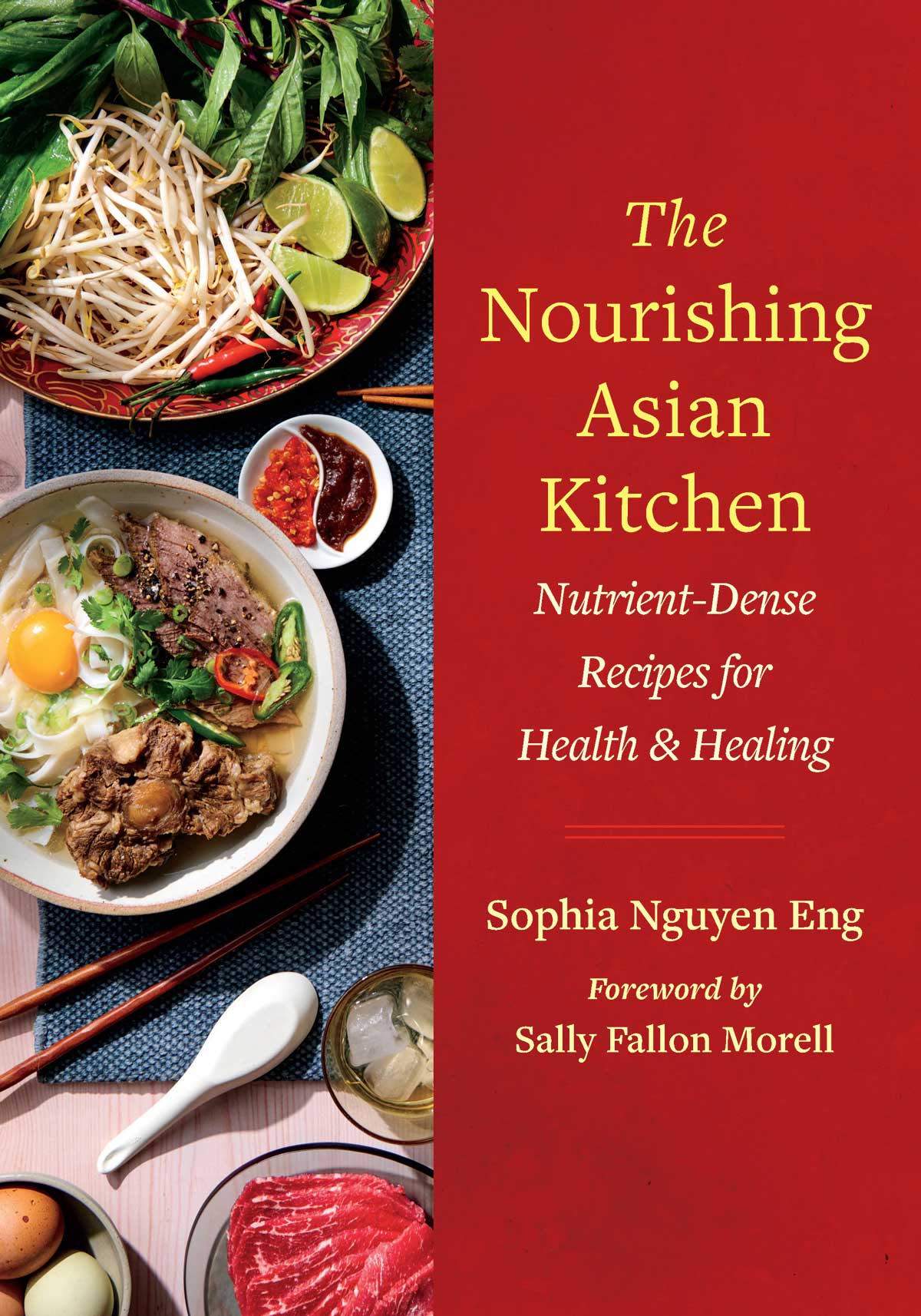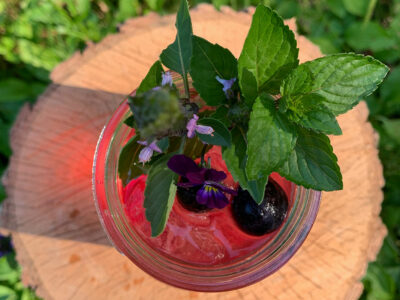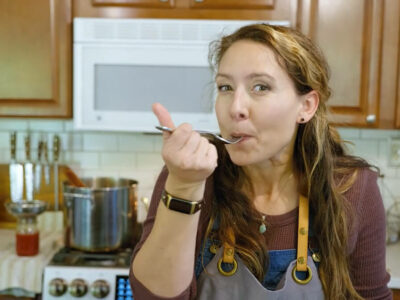Join me with Sophia Eng, author of The Nourishing Asian Kitchen, as we discuss her journey into homesteading, motherhood, homeschooling, blogging and becoming a cookbook author.
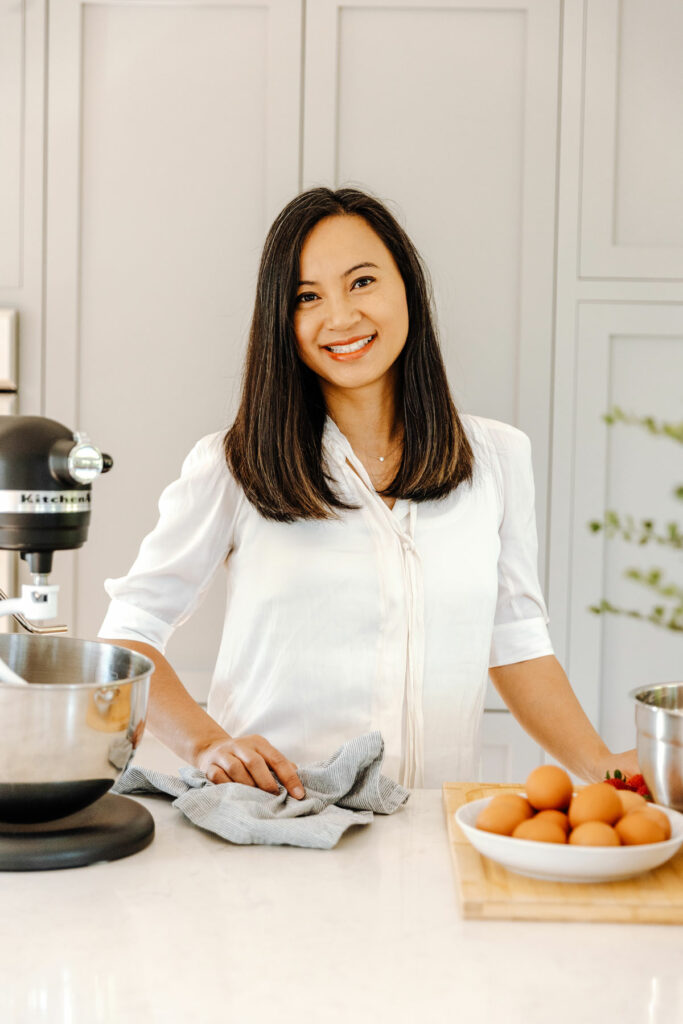
Table of Contents[Hide][Show]
🍞 Struggling With Sourdough?
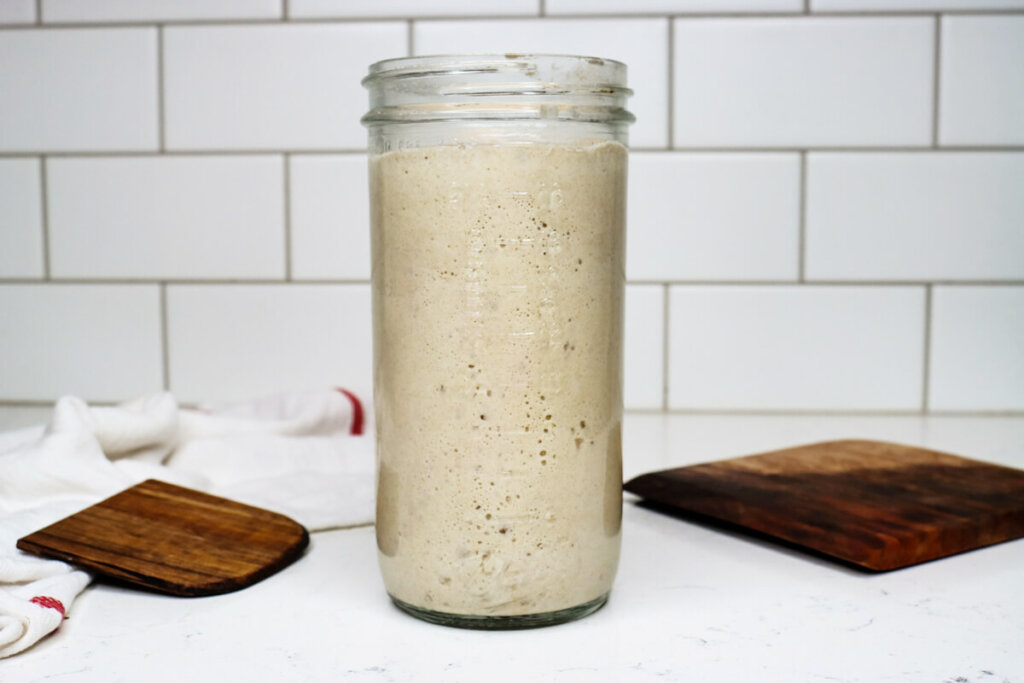
If your starter won’t take off, your loaves are dense and hard, or sourdough just flat-out overwhelms you…
👉 I’ll show you how to fix all of it.
Join my FREE live workshop and learn how to make a bubbly, active starter—the right way, from Day One.
🗓️ Jan 12 @ 1pm PT
Natural Remedies Made Simple
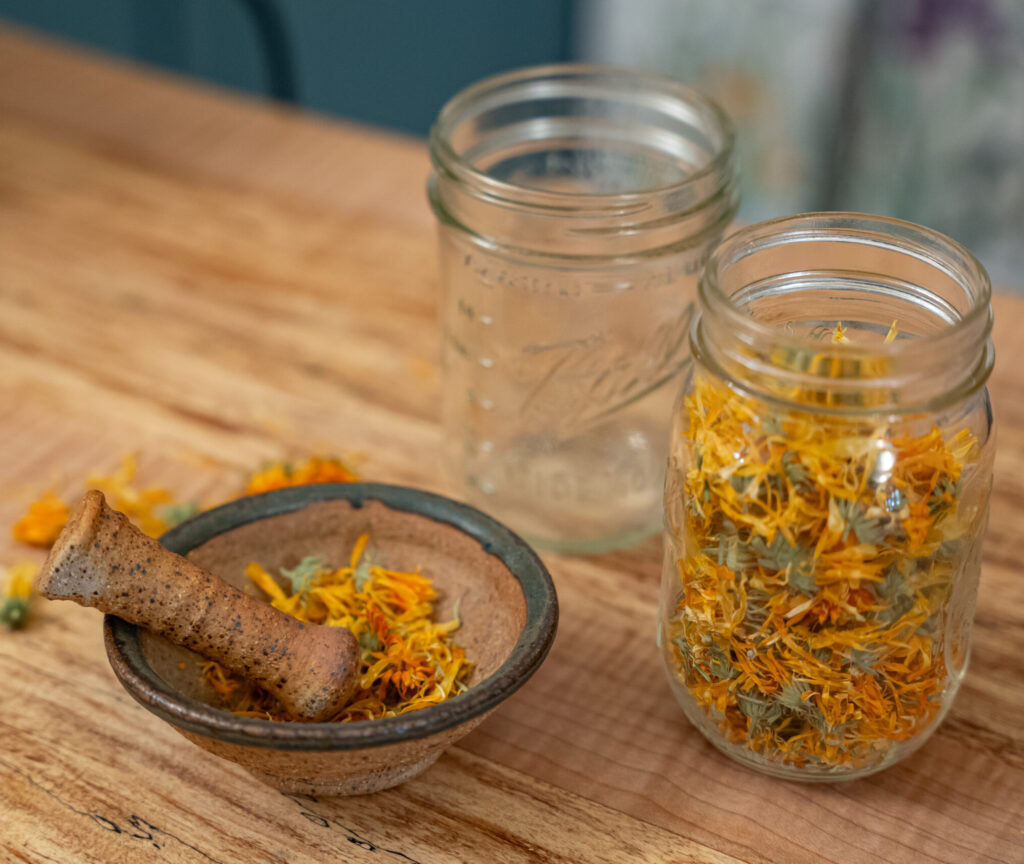
Start your home apothecary with confidence—even if you’re brand new. Learn how to choose the right herbs for your body using the simple principles of herbal energetics.
Discover how warming, cooling, drying, and moistening herbs affect your body—so you can stop guessing and start making remedies that actually work.
About Sophia Eng
Sophia Nguyen Eng is the daughter of parents who fled Vietnam in 1975. During the pandemic, Sophia and her family were living in San Fransisco and purchased their first three egg-laying chickens (paying $300 a piece!) to start building their 1/4 acre homestead. In 2021, they were able to purchase land outside of the big city, and in 2022, they were able to flee the hustle and bustle of life in California to their own five acres in the Appalachian Mountains of Tennessee.
They now homeschool their children, work on their farm raising animals (including three dairy cows!), growing a garden, preserving their harvest and sharing it all on their blog, Sprinkle With Soil.
Their website states, “Sprinkle With Soil exists to inspire readers to return to our roots in the age of fast-paced convenience, and value quality of food, life, health, and family and becoming better stewards of the land…all while working full-time.”
Sophia and her husband also host a podcast, Call to Farms Podcast, since her husband is in the military. However, they also farm… so it’s another great play on words!

The Nourishing Asian Kitchen Cookbook
Wanting to honor the cultural food traditions passed down by her parents, the meals of her childhood helped form the pages of her cookbook, The Nourishing Asian Kitchen. However, Sophia noticed that the traditional recipes relied on processed ingredients that contained artificial flavors and preservatives.
She was determined to honor the cultural foods passed down by her parents while recreating them with whole-food ingredients she could feel good about serving to her family.
Sophia has curated over 100 delicious recipes that utilize whole foods, classic ferments, hearty broths, and healing herbs and spices in her book, The Nourishing Asian Kitchen.
The staple of the book? Sophia shares her favorite recipes that are on repeat at her house. You’ll always find a pot of oxtail or chicken pho simmering on the stove. Her daughters know exactly how to serve it up whenever they’re in need of a quick lunch.
You can also find homemade sauce recipes (like Korean Gochujang), vegetables and sides (like Daikon Kimchi), meats (like Garlic Butter Chicken Wings), drinks and desserts (I can’t wait to try the Vietnamese coffee and Matcha Ice Cream!).
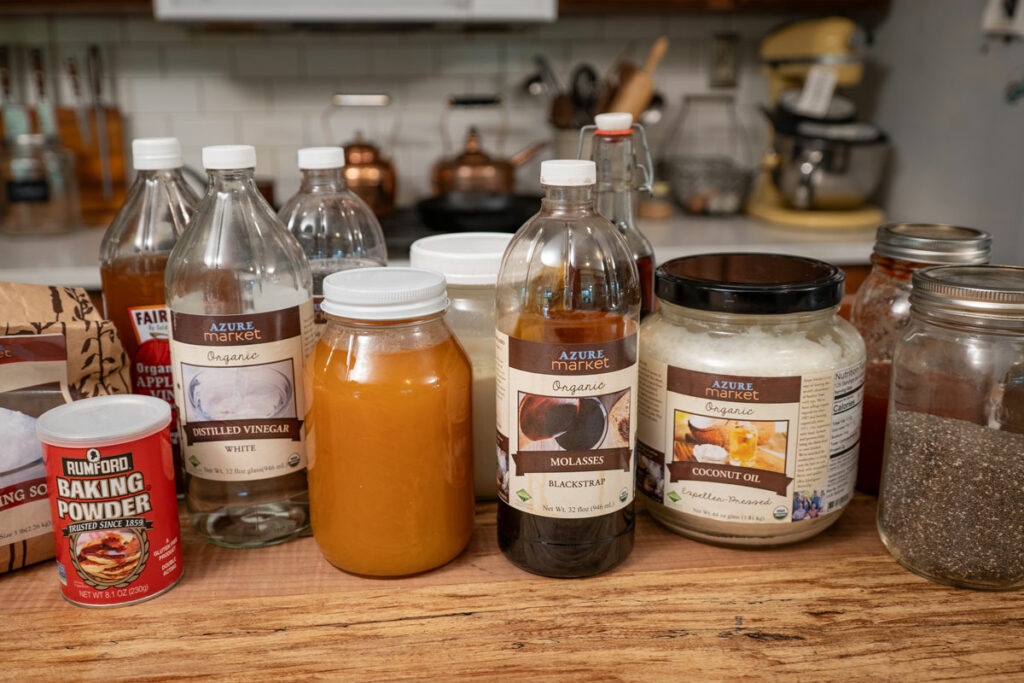
Azure Standard
One of the things I love most about Sophia’s cookbook and recipes is that she’s very careful about sourcing quality ingredients. In fact, before her family moved to Tennessee, she made sure they had access to some of their favorite and trusted grocery stores.
She and I both love shopping through Azure Standard. In fact, Azure is the sponsor of this podcast. We both love that you can purchase bulk, non-irradiated herbs and spices from Azure, which is great for stocking your pantry and used in a lot of Sophia’s recipes. I also love buying ingredients I can’t otherwise source on my homestead (see photo above)!
If you’re a first-time Azure Standard customer, you can get 10% off your first order of $50 or more with coupon code “Melissa10” at checkout.
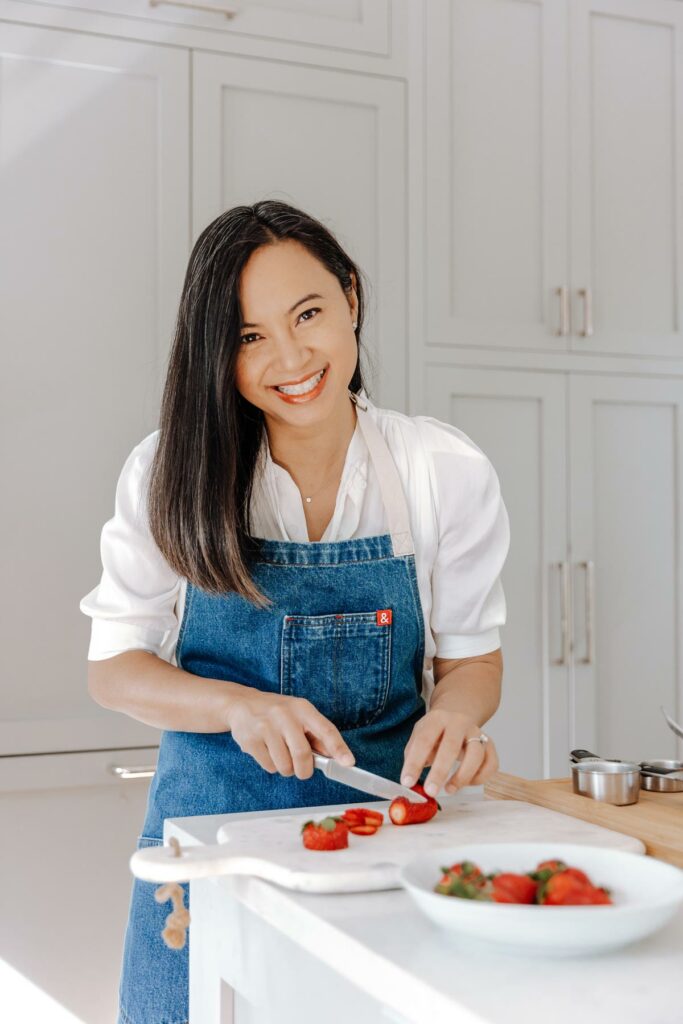
Where to Find Sophia
Follow along on Sophia’s journey over at Sprinkle With Soil and be sure to snag her book, just released this week, The Nourishing Asian Kitchen. You can also find her on the following platforms:
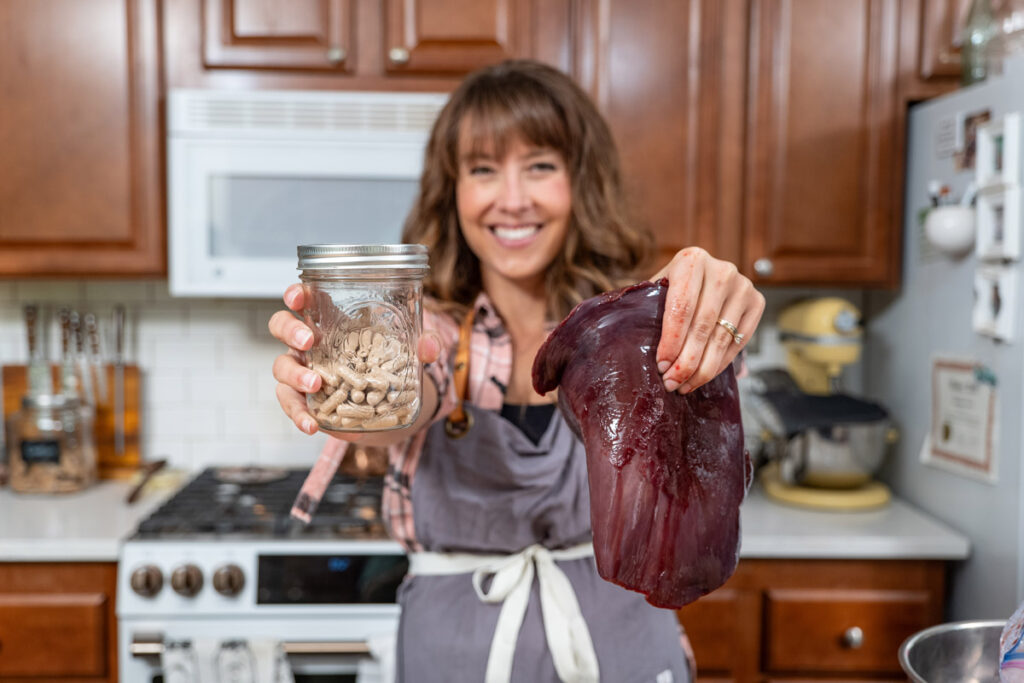
More Posts You May Enjoy
- The Gut-Brain Connection (Info for Better Health)
- Benefits of Liver
- Digestive Remedies from our Great Grandmothers
- Fermentation for Health Benefits
- My Health Journey
- Rebekah Rhode’s Journey with Auto-Immune Disease
- 5 Symptoms Your Gut Health is Off
- My Health Update & Need For SurgeryThyroid, Adrenal Glands & Hormone Health
M
[fusebox_transcript]
